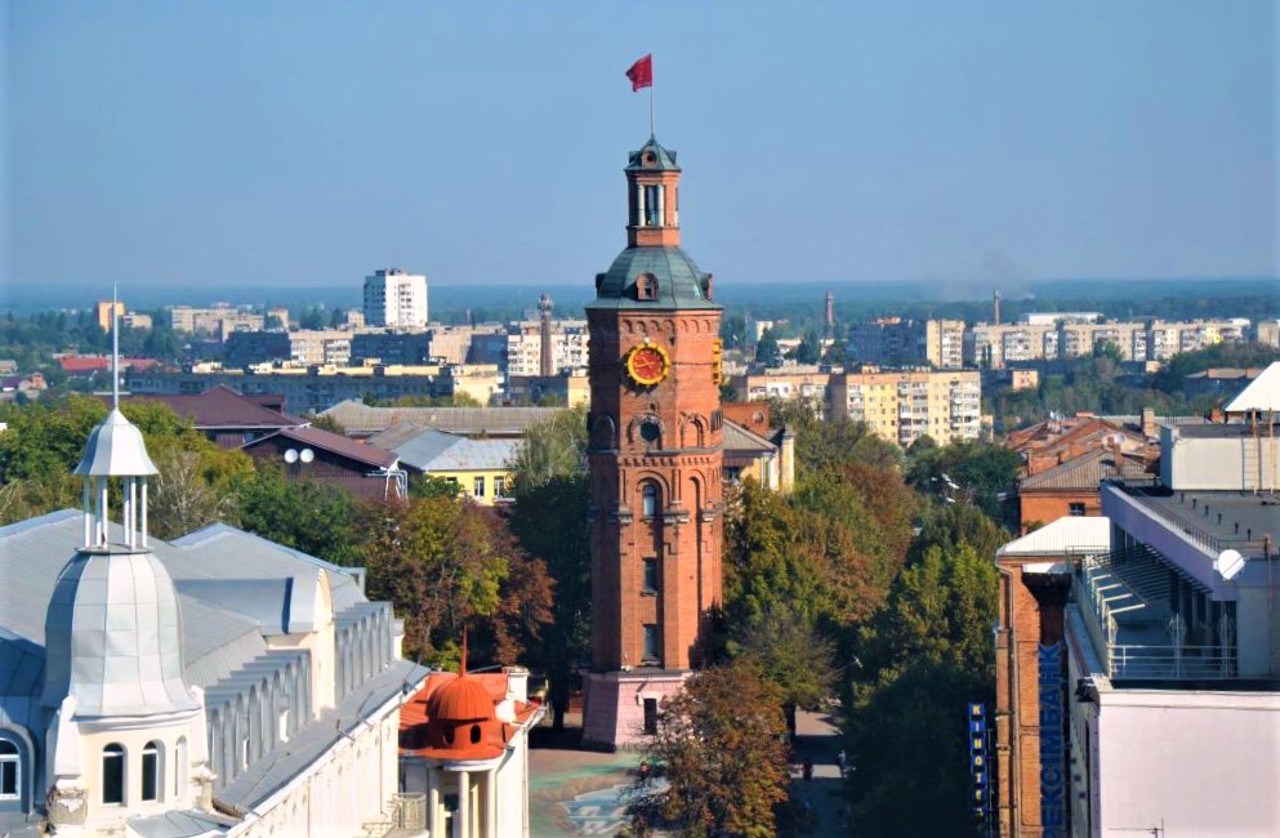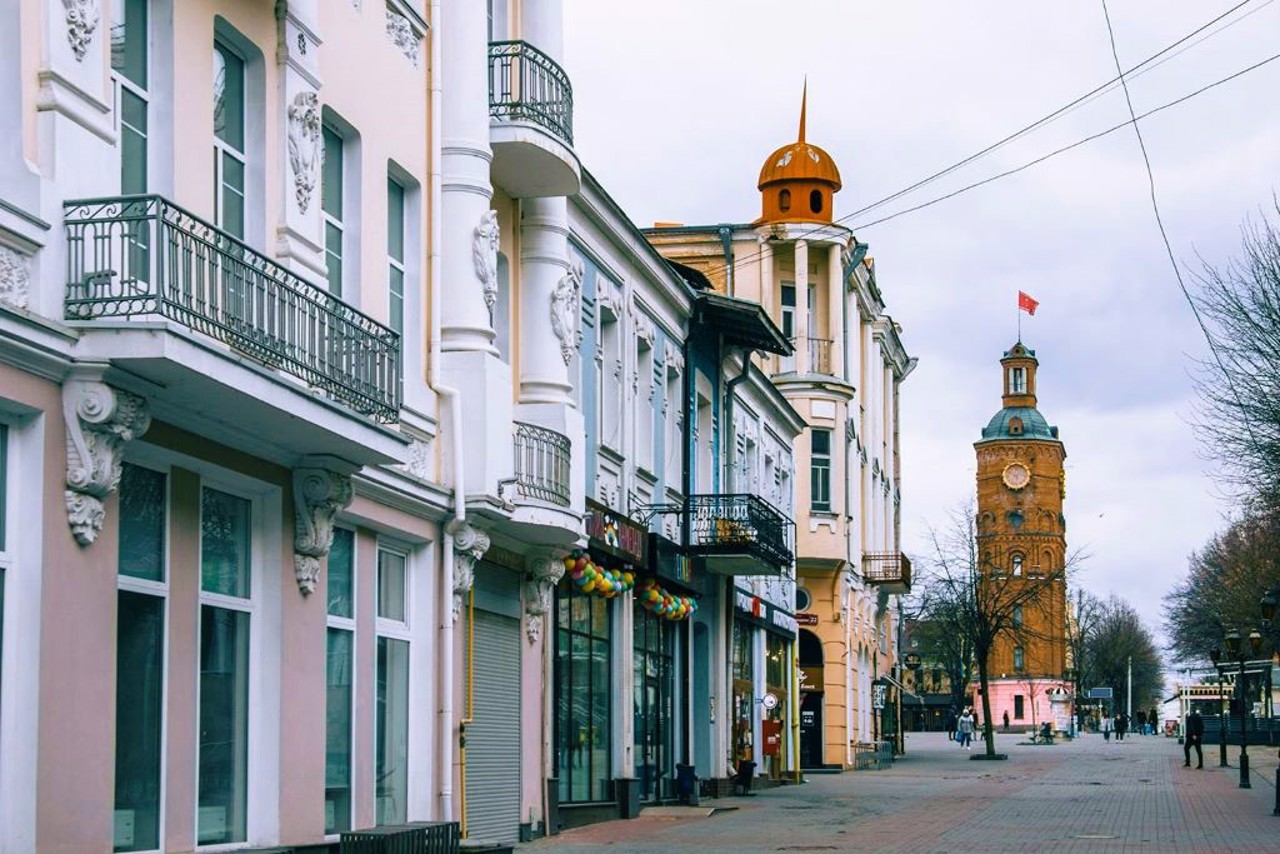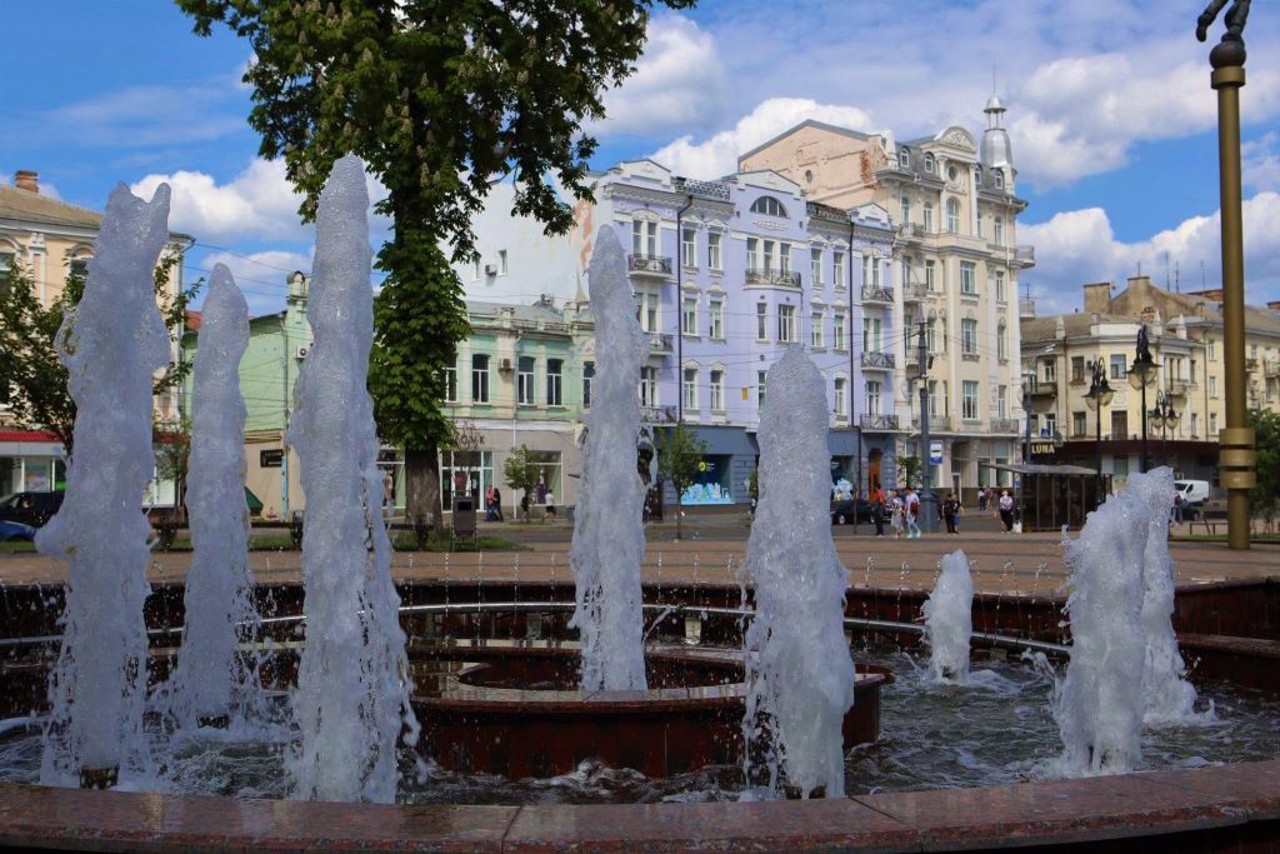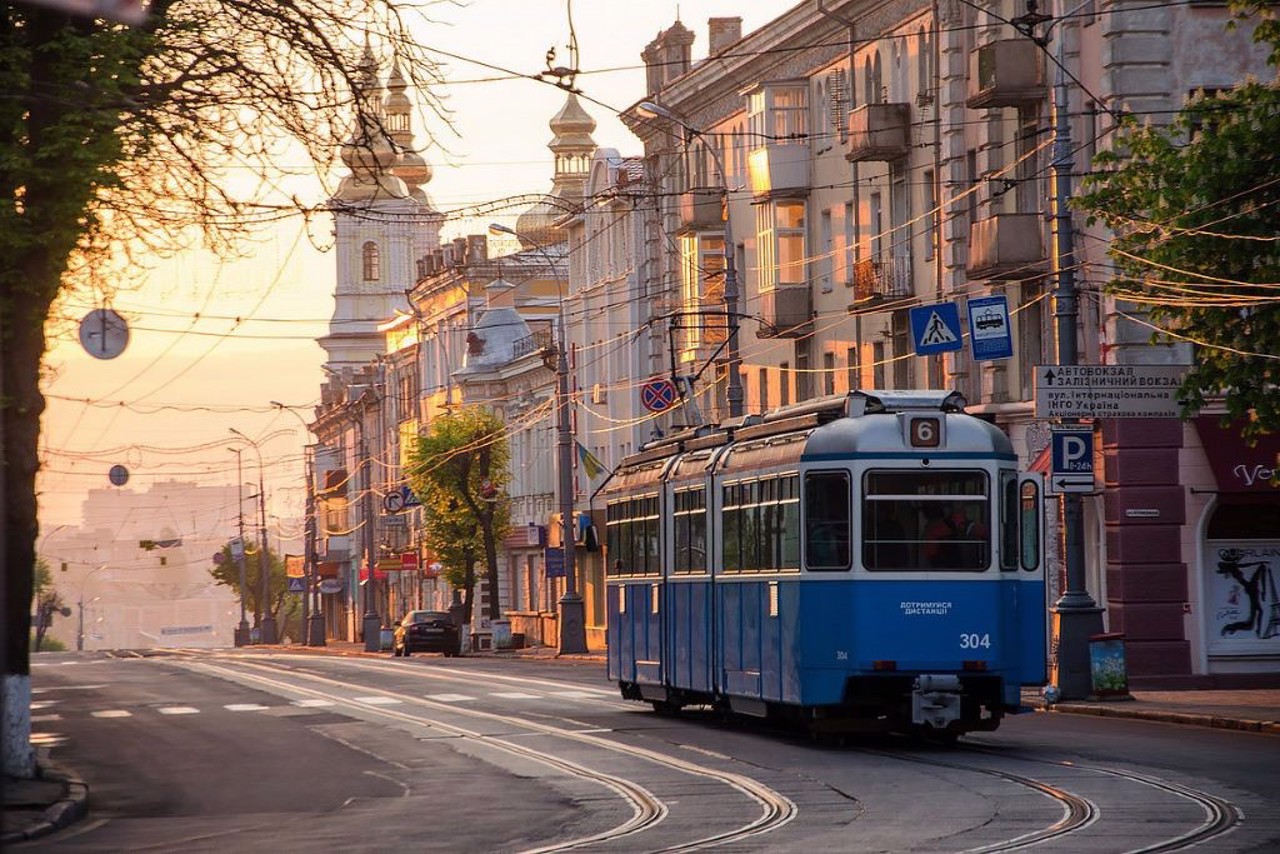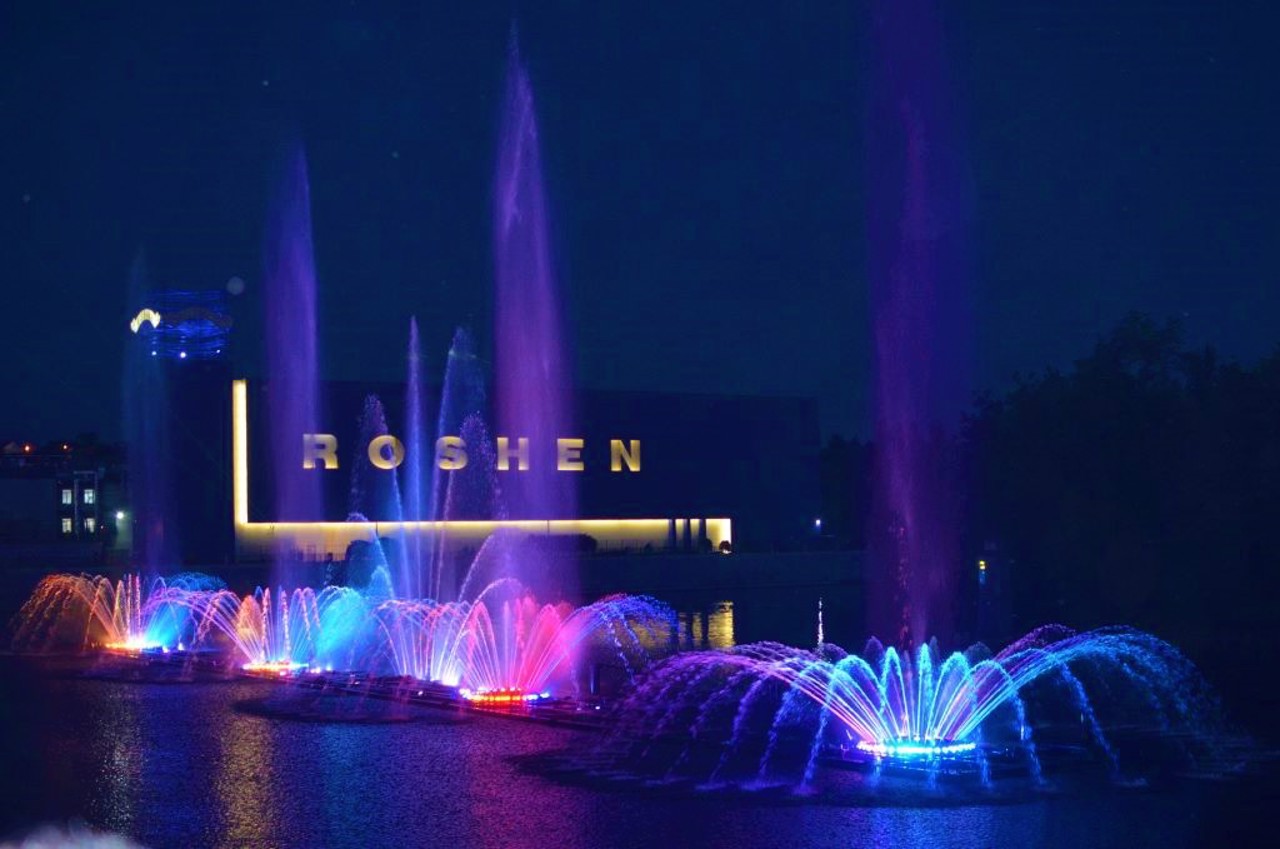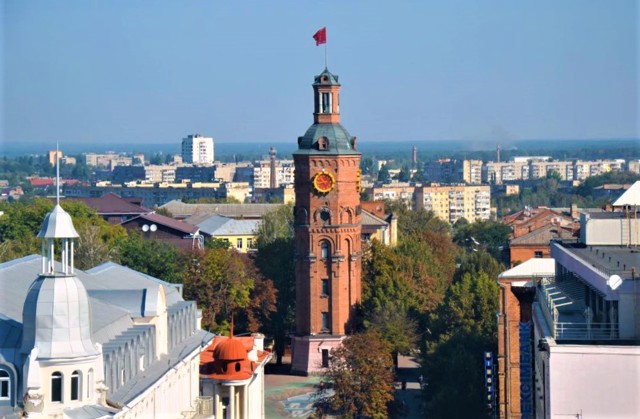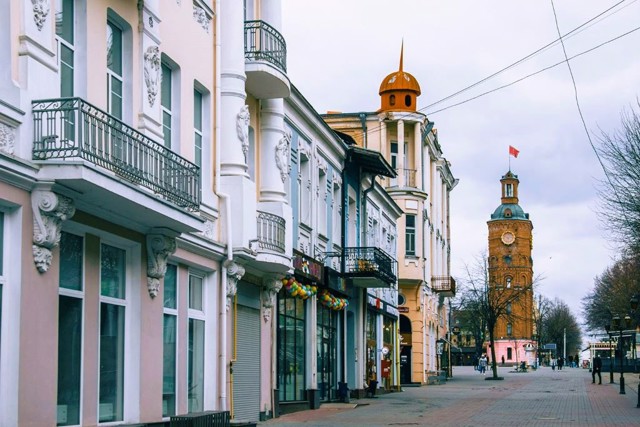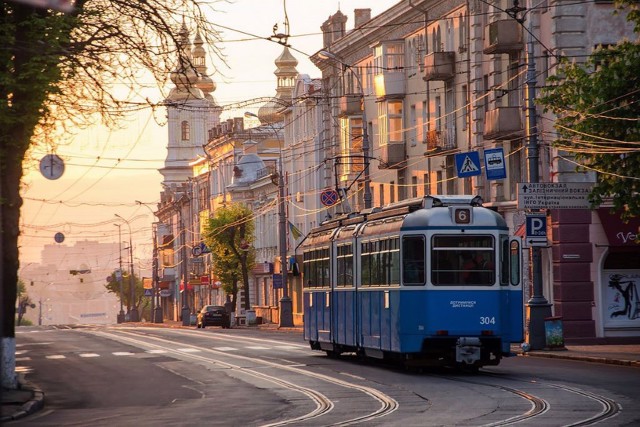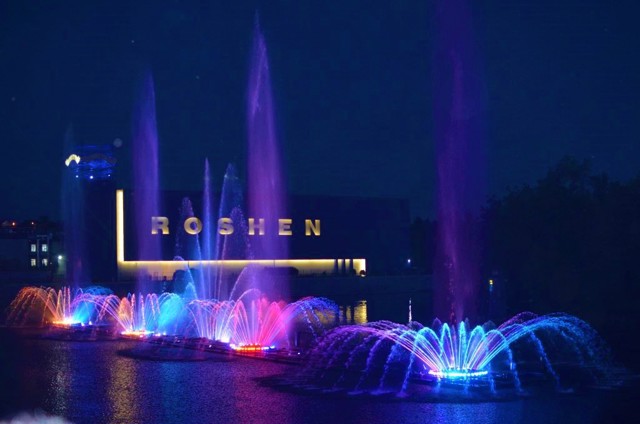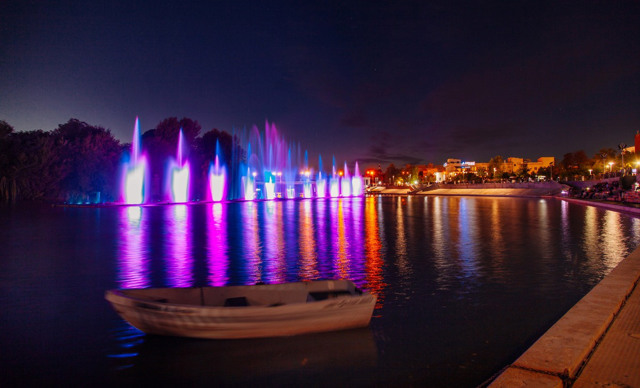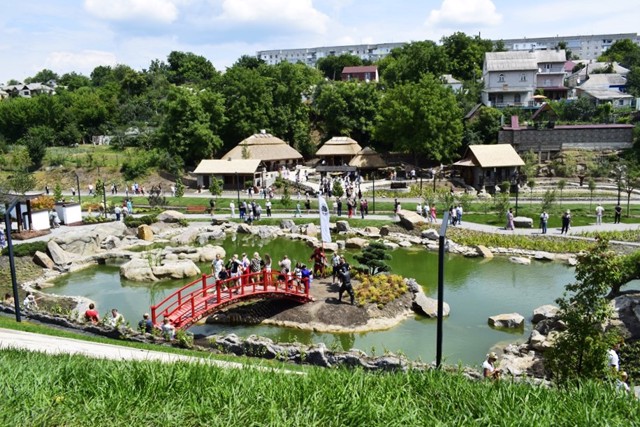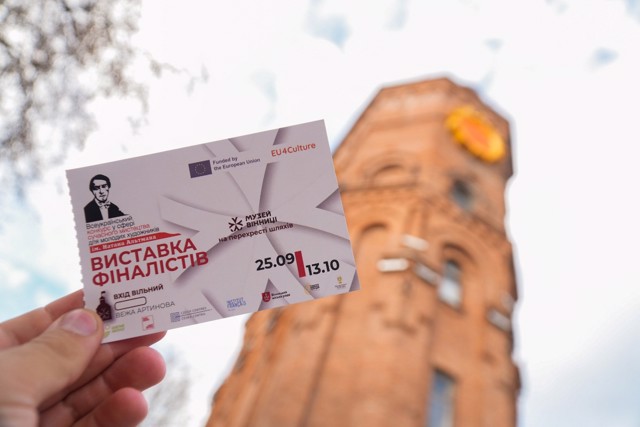Functional temporarily unavailable
General information about Vinnytsia
The city Vinnytsia is a small regional center on the banks of the Pivdenniy Buh. It was founded as a castle-fortress in 1362-1363 by the Lithuanian princes Koriatovych (Koryatovych).
The first wooden castle was built in the 14th century on the left bank, the second - in the 16th solita on Kempa (festival) island, the New Castle - in the 17th century on the high right bank.
The city flourished during the period of Polish rule in the 16th and 17th centuries, when the main architectural monuments were erected - a complex of Dominican and Jesuit monasteries and a collegium with a defensive wall. Residents fought against Poland, took part in the Palia People's Uprising of 1702-1704, the Haydamak Movements of the 30s-60s of the 18th century. In 1793, the city, together with Ri ...
The city Vinnytsia is a small regional center on the banks of the Pivdenniy Buh. It was founded as a castle-fortress in 1362-1363 by the Lithuanian princes Koriatovych (Koryatovych).
The first wooden castle was built in the 14th century on the left bank, the second - in the 16th solita on Kempa (festival) island, the New Castle - in the 17th century on the high right bank.
The city flourished during the period of Polish rule in the 16th and 17th centuries, when the main architectural monuments were erected - a complex of Dominican and Jesuit monasteries and a collegium with a defensive wall. Residents fought against Poland, took part in the Palia People's Uprising of 1702-1704, the Haydamak Movements of the 30s-60s of the 18th century. In 1793, the city, together with Right-Bank Ukraine, went to Russia and soon became the main trade center of Podillia. During the Second World War, Hitler's pond "Wolf's Den" was located nearby.
The city is inextricably linked with the names of the outstanding scientist-surgeon Mykola Pirogov and the writer Mykhailo Kotsyubinsky.
Vinnytsia City Day is celebrated on the second Saturday-Sunday of September.
Місто Вінниця - невеликий обласний центр на берегах Південного Бугу. Засноване як замок-фортеця в 1362-1363 роках литовськими князями Коріатовичами (Корятовичами).
Перший дерев'яний замок був споруджений у XIV столітті на лівому березі, другий - у XVI солітті на острові Кемпа (фестивальному), Новий замок - в XVII столітті на високому правому березі.
Розквіт міста припав на період польського панування XVI-XVII століть, коли були зведені основні архітектурні пам'ятки - комплекс споруд домініканського та єзуїтського монастирів і колегіуму з оборонною стіною. Жителі воювали проти Польщі, брали участь у народному повстанні Палія 1702-1704 років, гайдамацьких рухах 30-60-х років XVIII століття. У 1793 році місто разом з Правобережною Україною відійшло до росії і незабаром ...
Місто Вінниця - невеликий обласний центр на берегах Південного Бугу. Засноване як замок-фортеця в 1362-1363 роках литовськими князями Коріатовичами (Корятовичами).
Перший дерев'яний замок був споруджений у XIV столітті на лівому березі, другий - у XVI солітті на острові Кемпа (фестивальному), Новий замок - в XVII столітті на високому правому березі.
Розквіт міста припав на період польського панування XVI-XVII століть, коли були зведені основні архітектурні пам'ятки - комплекс споруд домініканського та єзуїтського монастирів і колегіуму з оборонною стіною. Жителі воювали проти Польщі, брали участь у народному повстанні Палія 1702-1704 років, гайдамацьких рухах 30-60-х років XVIII століття. У 1793 році місто разом з Правобережною Україною відійшло до росії і незабаром стало головним торговим центром Поділля. У роки Другої світової війни неподалік знаходилася ставка Гітлера "Вовче лігво".
Місто нерозривно пов'язане з іменами видатного вченого-хірурга Миколи Пирогова та письменника Михайла Коцюбинського.
День міста Вінниці відзначається в другу суботу-неділю вересня.
Сплануй своє перебування у Vinnytsia
What to see and where to go in Vinnytsia
Tourist attractions and museums of Vinnytsia
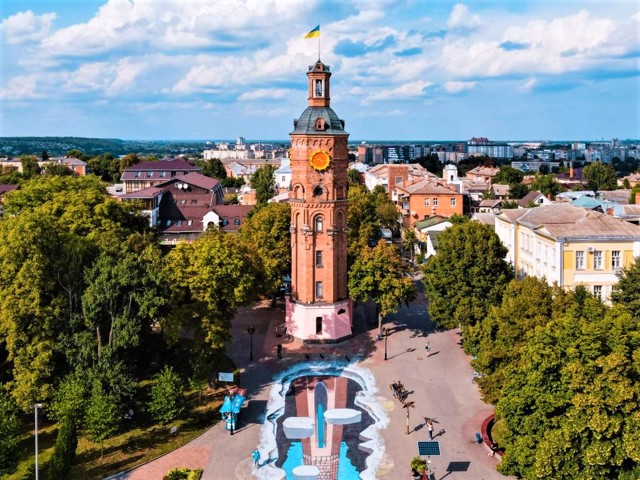
Artynov Water Tower
Museum / gallery , Architecture
The original brick water tower with a clock is located on European Square in the pedestrian zone of Vinnytsia. It is the most recognizable architectural structure of the city, considered its tourist attraction.
The 41-meter-high Vinnytsia Tower was built according to the project of the architect Hryhoriy Artynov as the basis of the city's water supply system (it is mistakenly considered a fire hydrant).
During the Second World War, the Artynov Tower was an observation point for the progress of hostilities on the outskirts of the city. In the post-war years, it was converted into apartments for waterworks employees.
Since 1993, the Museum of the memory of soldiers who died during the hostilities in Afghanistan in 1979-1989 has been located here.
Since 1993, the Artynov Tower has housed the Museum of Memory of Vinnytsia soldiers who died during the fighting in Afghanistan in 1979-1989. The Podil Tourist Information Center is also located here, where you can order a tour of the city and region.
When visiting the Artynov Tower, you can climb to the upper observation deck at a height of 30 meters.
Since 2016, the clock on the tower performs melodies five times a day: at 09:00 - the national anthem of Ukraine, at 12:00 "Oh, don't go, Hryts", at 15:00 - "Podolyanochka", at 18:00 - "Shchedryk" by Mykola Leontovych, at 21:00 - Beethoven's "Ode to Joy" (anthem of the European Union).
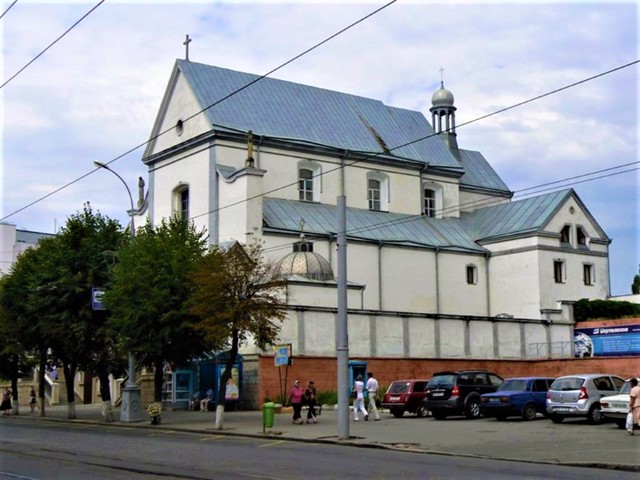
Holy Virgin Mary of Angels Church
Temple , Architecture
The Holy Virgin Mary of Angels Church of the Capuchin Order was built in Vinnytsia in an unusual Tuscan Baroque style during the eldership of Lyudovik Kalynovskyi.
For the construction, Kalynovskyi allocated the funds he received as a result of a lawsuit with Count Potocki, as well as part of his estate. In the 19th century, the monastery was closed by the Russian authorities and turned into a barracks, but the church remained active as a parish church. The temple was already closed by the Soviet authorities at the beginning of 1931. During the Second World War, it was active and was closed again by the Soviet authorities in 1961, after the death of priest Martseliy Vysokinskyi.
Now the church of the Holy Virgin Mary of Angels is again an active church of the Catholic order of the Friars Minor Capuchins. Excursions to the dungeon of the monastery are conducted.
In 2023, a monument to Saint James was erected near the Holy Virgin Mary of Angels Church, symbolizing the starting point of the Camino Podolico - the Podilya way of Saint James.
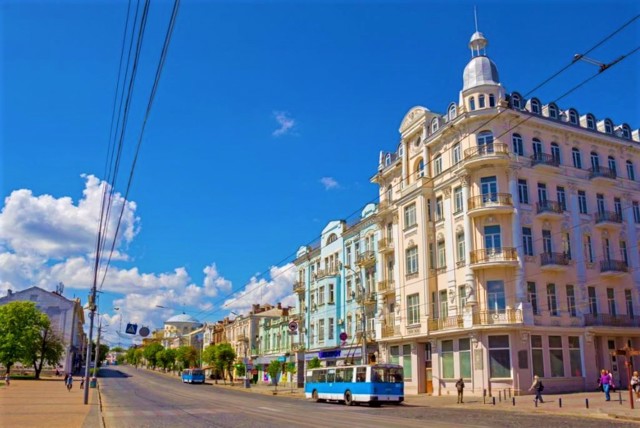
Hotel Savoy
Architecture
The imposing five-story building of the Savoy Hotel appeared on the central street of Vinnytsia at the beginning of the 20th century.
During the Soviet-Ukrainian war of 1917-1920, the Directory of the Ukrainian People's Republic of Symon Petlyura was temporarily located here, then the headquarters of the First Ukrainian Soviet Division of Mykola Shchors.
During the Second World War, the hotel was heavily damaged by artillery fire and air raids. As a result of the fire, the 6th attic floor was destroyed, and only the walls and ceilings remained of the hotel. The building was restored after 9 years - in 1953.
Currently, the Vinnytsia Appeals Administrative Court is temporarily located in the premises of the Hotel Savoy, while the renovation works are ongoing. Reconstruction of the attic floor, which burned down in 1944, is planned. They promise to open a museum on the first floor of the renovated Hotel Savoy.
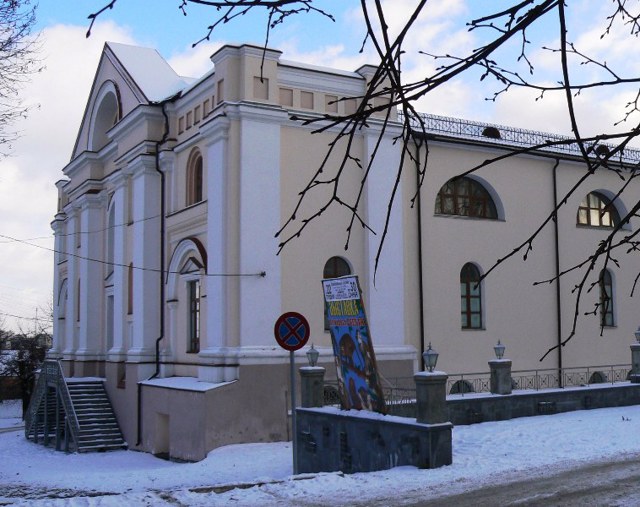
Jesuit Monastery
Temple , Architecture
The Jesuit monastery in Vinnytsia was founded in 1610 by the Bratslav elder Valentiy-Oleksandr Kalynovsky.
By 1617, the construction of a complex of monastic buildings with a Jesuit church was completed. Together with the Dominican monastery, it became part of the Vinnytsia Castle complex, which was named "Mury".
At the same time as the church, a Jesuit collegium was founded, under which a significant part of the monastery building was allocated. The walls of the church are 1.5 meters thick. Small rectangular windows are pierced in them. On the river side, the walls are reinforced with three powerful buttresses.
In 1907, the church building was converted into a gymnasium, then the city archive was placed there.

Mykhaylo Kotsyubynsky Literary Memorial Museum
Museum / gallery
The Literary and Memorial Museum of Mykhaylo Kotsyubynsky was opened in Vinnytsia in the house where the future writer was born and lived until he was 33 years old.
The estate was built by his grandfather Maksym Abaza at the beginning of the XIX century, having acquired land on the outskirts of Vinnytsia, in Zamostia.
In 1926, on the initiative of the writer's brother, a restoration was carried out and a museum was established. The exposition is built on a monographic principle and is located in five rooms of Kotsyubynsky's parents' house. The exhibits (lifetime editions, translations, paintings) consistently reveal the writer's creative path and his public activities.
Vinnytsia in news and blogs
Reviews Vinnytsia
Geographical information about Vinnytsia
| {{itemKey}} | {{itemValue}} |
|---|---|
| Region |
Vinnytsia |
